11 Exploring Greek and Roman Cultures: Foundations and Enduring Legacy
“Great empires are not maintained by timidity.” — Tacitus, Roman Historian
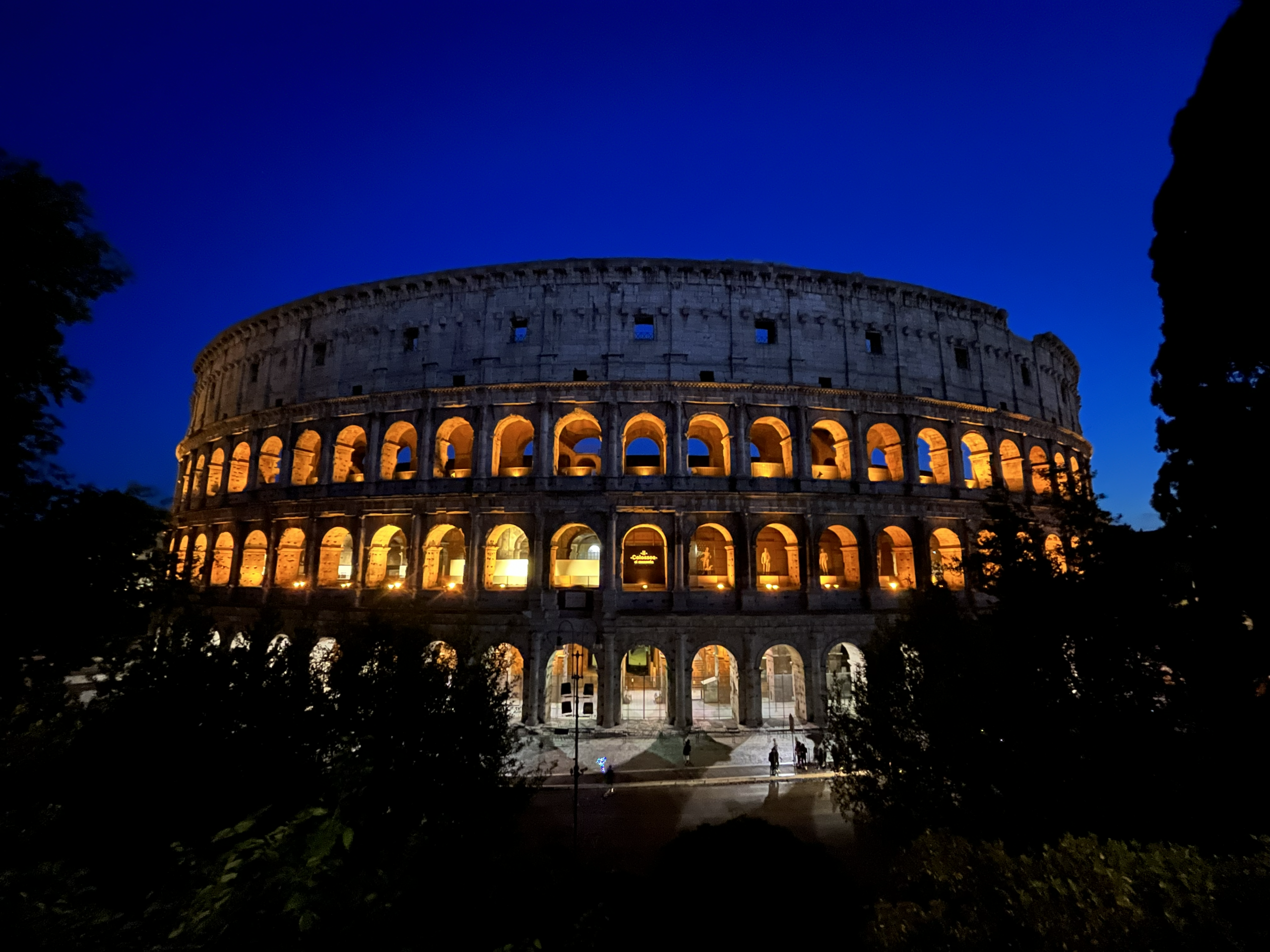
Introduction: Understanding Classical Civilizations
Greek and Roman cultures form foundational elements of global civilization, influencing art, literature, politics, philosophy, and science across continents and centuries. These ancient Mediterranean societies developed innovations in democratic governance, scientific inquiry, artistic expression, and urban planning that continue shaping modern life. However, understanding these achievements requires examining both their remarkable contributions and how they have been interpreted throughout history (the classical tradition).
The classical world was far more diverse and interconnected than often portrayed. Archaeological evidence reveals extensive cultural exchange throughout the Mediterranean, with Greek and Roman societies incorporating influences from Africa, Asia, and across Europe. These civilizations developed through constant interaction with other cultures rather than in isolation.
Contemporary discussions about classical culture sometimes involve political controversies, as these ancient societies are invoked to support various modern agendas. Understanding how classical cultures are used in contemporary cultural discourse helps us appreciate their actual achievements while remaining cautious of oversimplified interpretations.
Reflection Question
Why do you think ancient Greek and Roman cultures continue to influence contemporary political and cultural discussions? How can we study these civilizations objectively while understanding and appreciating their modern legacy?
Greek Cultural Development
Greek civilization emerged from Bronze Age cultures in the Aegean, developing through interactions between mainland peoples, island societies, and neighboring civilizations. This cultural development produced innovations in politics, philosophy, literature, and science that influenced subsequent global development.
Bronze Age Foundations and the Homeric Tradition
Greek culture built upon sophisticated Bronze Age foundations, particularly the Minoan civilization of Crete (c. 3000-1100 BCE) and the Mycenaean culture of mainland Greece (c. 1600-1100 BCE). The Minoans developed complex palace societies with extensive trade networks, advanced artistic traditions, and writing systems. The dramatic collapse of Minoan civilization, possibly connected to the volcanic eruption of Thera around 1600 BCE, may have inspired Plato’s later Atlantis story.
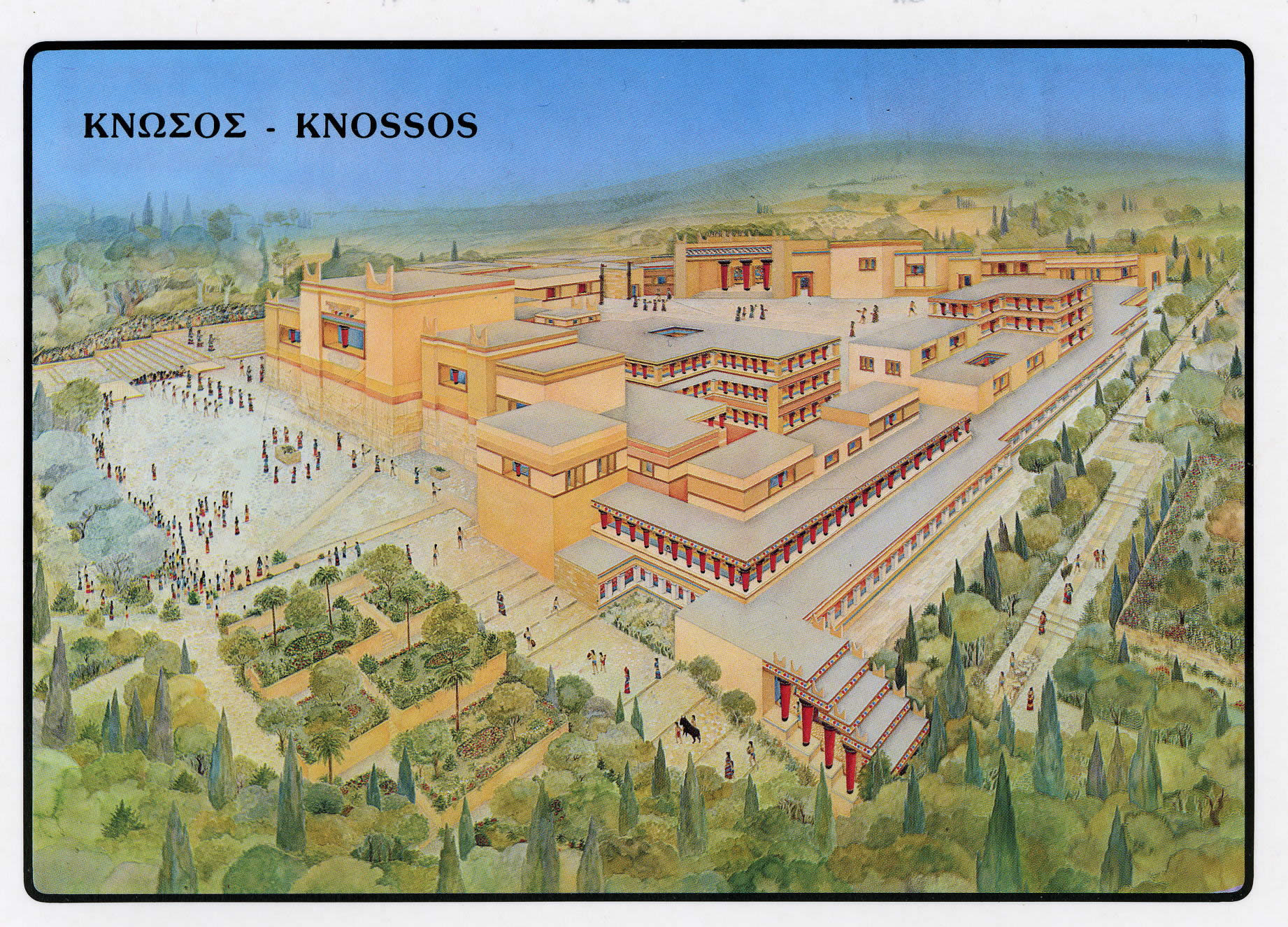
The Mycenaeans created the warrior aristocracy immortalized in Homer’s epic poems. When Mycenaean civilization collapsed around 1200 BCE, Greece entered a “Dark Age” during which communities preserved oral traditions that eventually became the Iliad and Odyssey.
The “Homeric Question”—who was Homer and how were these epics composed?—remains central to understanding early Greek culture. These poems emerged from centuries of oral tradition, with multiple singers contributing before they were written down in the eighth century BCE. They preserve cultural memory of the Bronze Age while reflecting later Greek values and concerns.
The Rise of the Polis and Greek Innovation
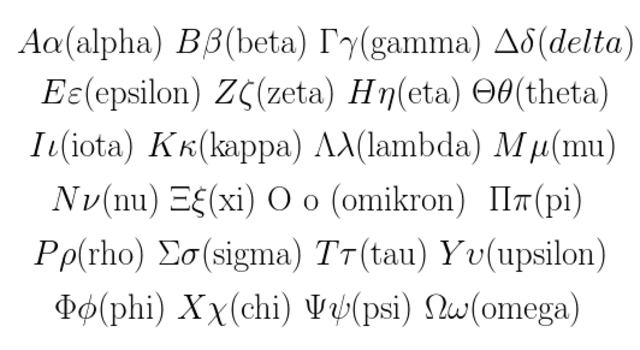
The Archaic Period (700-500 BCE) witnessed the development of the polis (city-state), the fundamental political unit of Greek civilization. These independent communities shared language and religious traditions while maintaining fierce political autonomy. This system created competitive environments that fostered innovation in multiple fields.
Greek colonization spread Greek culture from the Black Sea to southern France and North Africa, creating networks of Greek-speaking communities throughout the Mediterranean. This expansion facilitated cultural exchange while spreading Greek political and cultural concepts to diverse populations.
The development of the Greek alphabet around 800 BCE, adapted from Phoenician script with the crucial addition of vowel signs, enabled widespread literacy and the preservation of literary works. This innovation contributed significantly to Greek cultural achievements.
Classical Achievement and Democratic Experimentation
The Classical Period (480-323 BCE) produced achievements most associated with ancient Greece: Athenian democracy, philosophical inquiry, dramatic poetry, and monumental architecture. However, this “Golden Age” was neither uniform across the Greek world nor without internal contradictions.
Athenian democracy represented a radical experiment in citizen participation, though limited to adult male citizens—perhaps 10% of Athens’ population. Women, enslaved people, and foreigners were excluded from political participation. Despite these limitations, the concept of citizen participation in governance influenced subsequent political development.
The Persian Wars (490-479 BCE) created temporary Greek unity against external threats, though rivalry between Athens and Sparta soon led to the devastating Peloponnesian War (431-404 BCE), documented by Thucydides in what many consider the first work of analytical history.
Cultural Connections
- Arthur Evans’ excavations at Knossos: Palace of Knossos Discovery
- The Minoan collapse: PBS Documentary
- Herodotus’ Histories: Complete Text
- Thucydides’ Peloponnesian War: Historical Analysis
Roman Cultural Synthesis and Imperial Achievement
Roman culture developed through practical adaptation and creative synthesis, transforming a small Italian city-state into a Mediterranean empire that governed diverse populations for centuries. Roman innovations in law, engineering, and administration enabled unprecedented political integration while preserving local cultural traditions.
The Romans descended from an early central Italian tribe called the Latins. This smaller band likely merged with the Etruscan civilization based in northern and central Italy (modern Tuscany). Like the Greeks, the Etruscans developed a network of city-states and experienced cultural transformation after contact with the Greeks.
From Republic to Empire
According to Rome’s own founding myths, Roman culture originated in central Italy, traditionally founded in 753 BCE. Archaeological evidence confirms the gradual development of Roman power through interactions with Etruscan and other Italian peoples during the Regal Period (753-509 BCE).

The establishment of the Republic (509 BCE) created a constitutional system balancing different social classes through complex institutions: the Senate, popular assemblies, and magistrates including two consuls sharing executive power. This system enabled expansion throughout Italy while integrating conquered peoples through various forms of citizenship.
Roman success stemmed from their practical approach to governance and willingness to adapt successful practices from other cultures. Roman law, engineering, and military organization provided frameworks for managing diverse populations while Roman religious practices incorporated deities and rituals from throughout the Mediterranean.
Cultural Integration and Greek Influence
Roman expansion brought extensive contact with Greek culture, particularly after conquering southern Italy, Sicily, and the Hellenistic kingdoms. The Roman poet Horace captured this relationship: “Captive Greece took captive her savage conqueror and brought culture to rustic Latium” ((Book II, Epistle 1, Lines 156-157).
However, Romanization involved creative synthesis rather than simple adoption. Roman authors like Virgil (also known as Vergil) acknowledged Greek models while creating distinctly Roman works serving Roman political and cultural needs. The Aeneid adapts Homeric conventions to celebrate Roman imperial destiny while exploring themes of duty and historical necessity.
Roman engineering achievements—roads, aqueducts, amphitheaters, and urban planning—enabled administration of vast territories while spreading Roman cultural practices. These innovations supported both military conquest and cultural integration, creating infrastructure lasting centuries.
Imperial Culture and Cosmopolitan Society
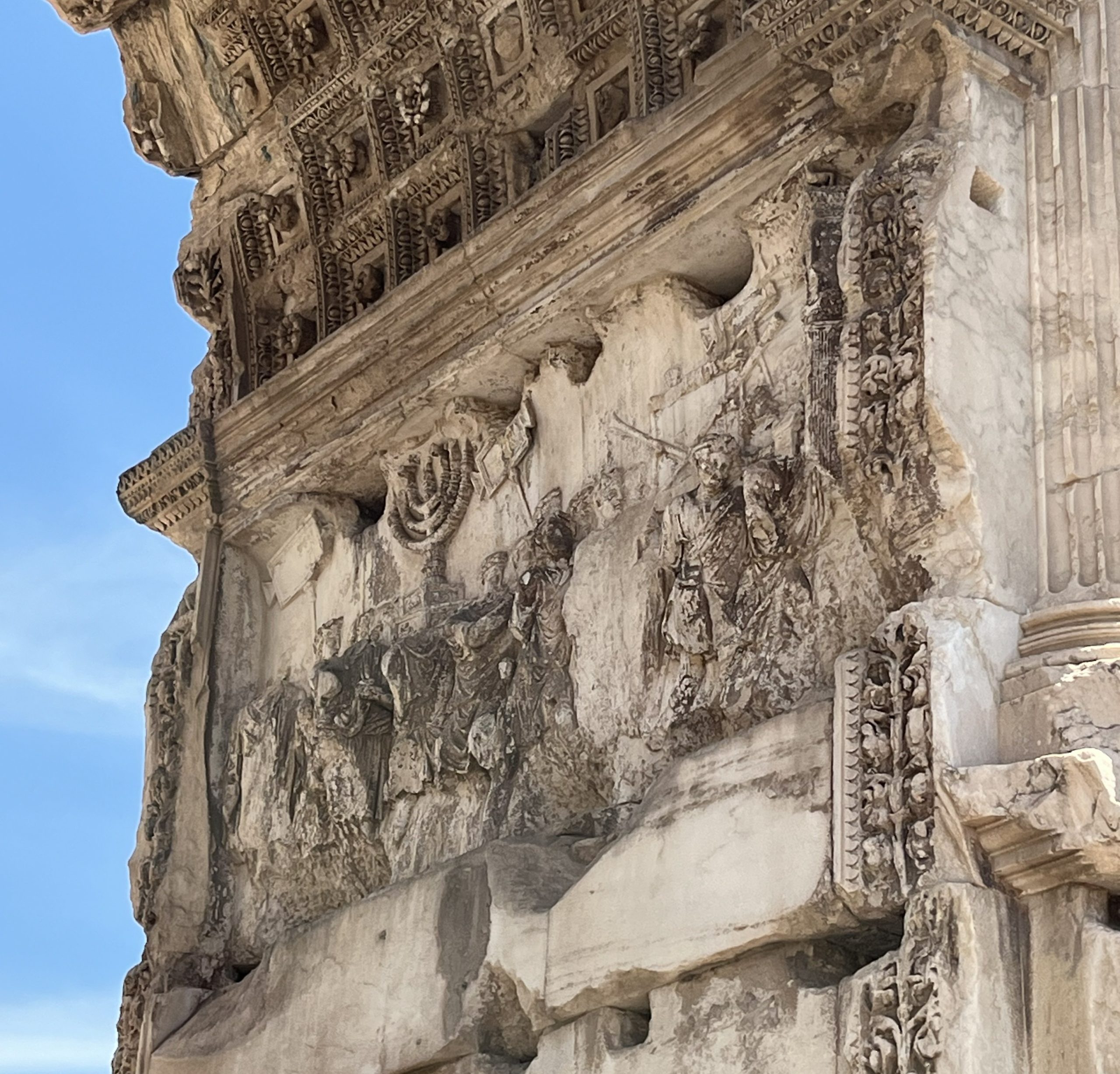
The transformation from Republic to Empire under Rome’s first emperor Augustus (27 BCE) created new opportunities for cultural development while fundamentally altering Roman society. Augustus, the adopted son of famed Roman general Julius Caesar, claimed to have “found Rome a city of brick and left it a city of marble” (as recorded in Suetonius), reflecting both architectural achievement and symbolic transformation of Roman power.
The 200-year Pax Romana enabled cultural and economic exchange throughout the Mediterranean while Roman citizenship gradually extended to free populations throughout the empire. By the third century CE, emperors came from Spain, North Africa, and the Balkans, reflecting the empire’s diverse character.
Reflection Question
Religious and Spiritual Traditions
Greek and Roman religious practices evolved throughout antiquity, reflecting both conservative preservation of ancestral traditions and innovative adaptation to changing circumstances. Understanding classical religion requires recognizing its communal nature and integration with civic life.
Greek Religious Diversity
Ancient Greek religion was polytheistic and decentralized, with each polis maintaining its own religious calendar, patron deities, and ritual practices. The twelve Olympian gods provided a shared pantheon, but local variations created tremendous diversity across the Greek world.
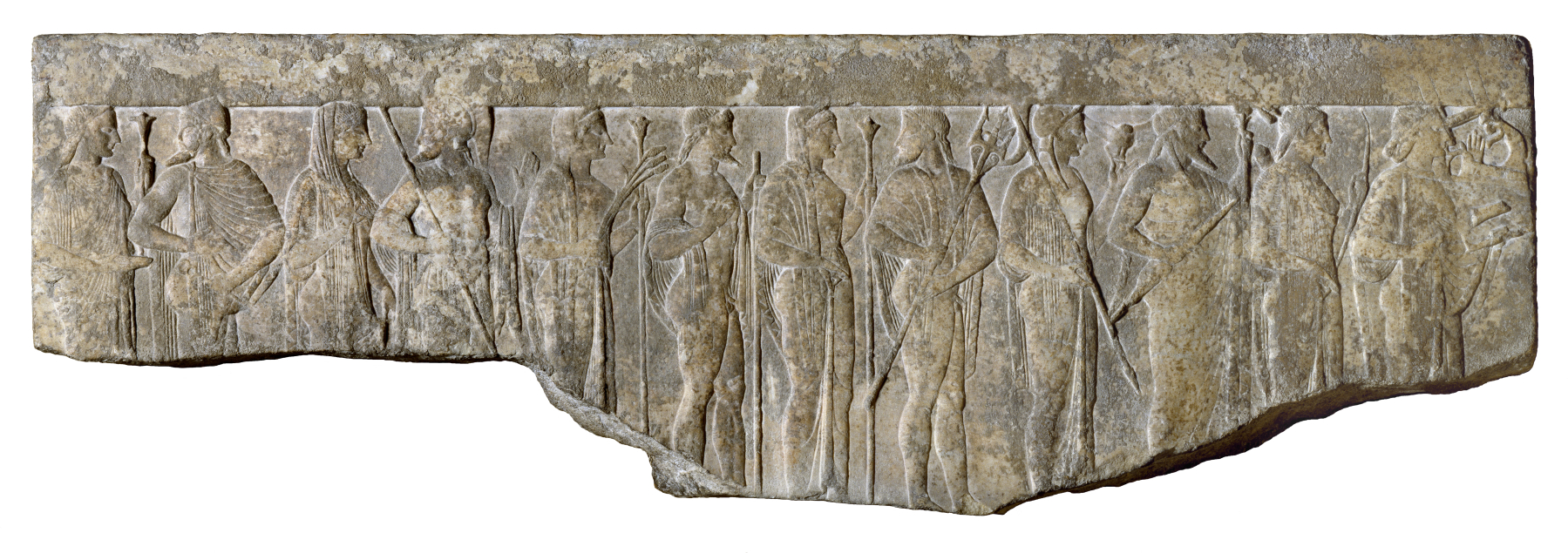
Unlike religions with centralized authority or canonical texts, Greek religion developed through local traditions, literary works like Homer and Hesiod, and shared cultural practices. Festivals like the Olympic Games created opportunities for inter-community religious expression while maintaining local distinctiveness.
Women played significant roles in Greek religious life as priestesses, festival participants, and devotees. The mystery cults, particularly at Eleusis, offered personal salvation and spiritual experience that attracted initiates from throughout the Mediterranean.
Roman Religion and State Integration
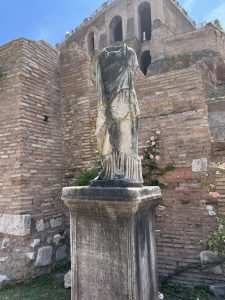
Roman religion emphasized the relationship between proper ritual observance and state welfare, reflecting practical approaches to divine favor. The concept of pietas (right relationship with gods, family, and state) connected personal religious obligations with civic responsibility.
Roman religious practices incorporated Etruscan traditions, particularly divination, with Greek theological concepts and deities from throughout the empire. This synthetic approach enabled Romans to maintain traditional practices while adapting to new circumstances.
The Vestal Virgins exemplified connections between religious observance and state security: these priestesses maintained Rome’s sacred fire while enjoying high social status and legal privileges unusual for women in Roman society.
Cultural Connections
- TED-Ed video: “Who were the Vestal Virgins?” – Understanding Roman religious practices
- Greek mythology family tree and relationships between deities
- The Villa of the Mysteries in Pompeii-learning more about ancient mystery religions
- The Cult of Mithros-similarities to early Christianity
Literature and Intellectual Achievements
Greek and Roman literary achievements established genres and intellectual methods that continue to influence global culture. These traditions demonstrate the creative potential of competitive cultural environments and patronage systems supporting artistic production.
Greek Literary Innovation
Greek literature established fundamental genres: epic poetry (Homer), lyric poetry (Sappho), tragedy (Aeschylus, Sophocles, Euripides), comedy (Aristophanes), history (Herodotus, Thucydides), and literary criticism (Aristotle). These innovations emerged from specific cultural contexts while addressing universal human concerns.
Greek dramatic poetry developed within religious festivals, connecting artistic achievement with civic and spiritual life. Tragedy explored themes of fate, justice, and human suffering through mythological narratives that provided safe spaces for examining contemporary issues.
Greek philosophical traditions established methods of rational inquiry that influenced subsequent intellectual development. The Academy (founded by Plato) and Lyceum (founded by Plato’s student Aristotle) created institutional frameworks for advanced education that persisted for centuries.
Roman Literary Achievement
Roman literature acknowledged Greek models while creating distinctly Roman works serving imperial cultural needs. Patronage relationships, particularly during the Augustan period, enabled literary production while directing artistic expression toward themes supporting imperial ideology.
Virgil’s Aeneid exemplifies Roman literary synthesis: adapting Homeric conventions to create a foundation narrative for Roman imperial destiny while demonstrating sophisticated literary technique and cultural knowledge.
Latin language spread throughout the western empire, providing the foundation for Romance languages while preserving classical literary works. The Roman alphabet became the standard writing system for numerous European languages.; indeed, this chapter is written using the Roman alphabet, demonstrating its enduring importance to English speakers around the world
Art, Architecture, and Engineering
Greek and Roman artistic achievements continue shaping global aesthetic standards while reflecting the social, political, and religious values of classical societies. These traditions demonstrate both technical innovation and philosophical approaches to beauty and proportion.
Greek Artistic Innovation
Greek art developed within religious and civic contexts, serving devotional and commemorative functions while advancing technical innovations. The progression from Archaic through Classical to Hellenistic styles demonstrates evolving artistic concerns and capabilities.
Classical Greek architecture exemplified philosophical approaches to beauty through mathematical proportions and harmonious relationships. The development of architectural orders (Doric, Ionic, Corinthian) provided systematic design principles influencing subsequent architectural traditions.
Modern perceptions of Greek art have been significantly altered by the loss of original painted surfaces. Greek buildings and sculptures were originally decorated in bright colors, not the white marble appearance familiar today. This polychromy reflected Greek aesthetic preferences and symbolic associations largely lost to modern viewers.
Roman Engineering and Urban Planning
Roman architecture synthesized Greek aesthetic principles with engineering innovations and practical requirements for governing a vast empire. Roman concrete technology enabled construction of massive structures like the Pantheon while urban planning created efficient administrative centers.
Roman engineering achievements—roads, aqueducts, amphitheaters, and thermal baths—demonstrated technical capability and commitment to public amenities improving urban life. These innovations supported both military efficiency and civilian prosperity.
Roman domestic architecture, preserved at Pompeii and Herculaneum, reveals sophisticated understanding of space, decoration, and urban planning that influenced residential design throughout Europe and beyond.
This animation recreates the final day at Pompeii in 79 C.E.
Cultural Connections
- Pompeii and Herculaneum: Windows into Roman daily life
- The search for Troy: Archaeological discoveries
- Roman engineering innovations and their modern applications
- Greek and Roman influence on neoclassical architecture
Science, Mathematics, and Natural Philosophy
Greek and Roman contributions to scientific knowledge provided foundations for later intellectual development while demonstrating integration of theoretical inquiry with practical application. These achievements emerged from competitive intellectual environments encouraging systematic investigation.
Greek Scientific Innovation
Greek natural philosophy established systematic approaches to understanding the physical world through rational inquiry. Presocratic philosophers developed theories about fundamental substances and natural processes that influenced subsequent scientific thinking.
Democritus’ atomic theory proposed that matter consists of indivisible particles, anticipating modern atomic theory. Aristotle’s biological investigations included systematic classification and empirical observations remaining influential until the Renaissance. (Aristotle was perhaps the first person to ask, “animal, vegetable, or mineral?”).
Greek mathematical achievements, particularly Euclidean geometry, established logical frameworks for mathematical proof fundamental to mathematical education. Archimedes developed techniques for calculating areas and volumes while advancing practical applications to engineering problems.
Roman Practical Applications
Romans emphasized practical applications of scientific knowledge, developing engineering solutions supporting urban life and imperial administration. Roman construction, water supply systems, and architectural engineering demonstrated sophisticated understanding of materials science and structural mechanics.
The preservation of Greek scientific works in Latin translation enabled their transmission to medieval Islamic and European scholars, ensuring survival of classical scientific knowledge through periods of political instability.
Reflection Question
How did Greek emphasis on theoretical inquiry complement Roman focus on practical applications? What does this suggest about different approaches to scientific and technological development?
Politics and Government: Greek Democratic Experimentation and Roman Republican Institutions
Greek and Roman political innovations provided models for later governmental systems while demonstrating both potential and limitations of different approaches to organizing society and exercising power.
Athenian democracy represented radical experimentation in direct citizen participation, creating mechanisms for collective decision-making while preventing concentration of power. However, citizenship was limited to adult males, excluding women, enslaved people, and foreigners. The concept of citizenship—membership in a political community with rights and obligations—became fundamental to subsequent political thinking. Greek political philosophy analyzed different constitutional forms and their advantages, influencing later political theory.
The Roman Republic developed complex mechanisms for balancing interests and preventing power concentration. Separation of powers among consuls, Senate, and assemblies, combined with collegiality and limited terms, created checks and balances maintaining stability for centuries. Roman law, beginning with the Twelve Tables and developing through centuries of interpretation, established principles of legal procedure, property rights, and contractual obligations influencing subsequent legal systems throughout Europe and beyond.
Contemporary Relevance
The positive influence of ancient Greece and Rome on Western civilization is undeniable. Everywhere we look, we still see evidence of that influence. Greek and Roman cultures continue influencing contemporary civilization through language, law, political concepts, and artistic traditions. However, this influence operates through complex processes of selection, interpretation, and adaptation that transform classical elements while preserving certain features.
The association of classical culture with particular political ideologies has led to various forms of appropriation that often ignore the actual diversity and complexity of ancient societies. Recent scholarship has revealed extensive evidence of cultural exchange and population diversity in the ancient Mediterranean that challenges simplified narratives.
For example, the Trump administration’s requirement for classical architectural styles in federal buildings demonstrates how classical imagery continues being deployed for political purposes. As Augustus, Rome’s first emperor, understood, architecture communicates power relationships and cultural values, making architectural choices politically significant.
Roman legal principles continue operating in modern legal systems, particularly concepts of due process and contractual obligations. Greek and Roman political concepts provide vocabulary and frameworks for modern political discussion while requiring adaptation to contemporary circumstances.
Classical educational methods, particularly rhetorical training and critical analysis, continue influencing educational practice. The classical ideal of broad cultural knowledge combined with critical thinking skills continues shaping educational goals while adapting to contemporary needs.
Cultural Connections
These resources provide opportunities to learn more about classical art and modern influence.
- John Keats’ “Ode on a Grecian Urn” and Romantic interpretations of classical themes
- The Metropolitan Museum of Art’s extensive collection of Greek and Roman art
- The British National Theater modern performance of an ancient Greek play: Antigone
- Aristotle’s ideas about rhetoric and persuasion
Conclusion: Classical Foundations in Global Context
Greek and Roman cultures represent remarkable achievements in political organization, artistic expression, intellectual inquiry, and cultural synthesis that continue influencing global civilization. These achievements emerged from diverse, interconnected Mediterranean societies rather than isolated “Western” traditions.
Understanding classical contributions requires appreciating both their innovations and their limitations, recognizing how they have been interpreted and appropriated in different historical periods. The classical legacy remains valuable not as unchanging foundation but as resource for ongoing cultural development requiring continuous reinterpretation.
Contemporary engagement with classical culture benefits from approaches that appreciate achievements while remaining aware of how these traditions have been used to support various political agendas. This critical appreciation enables learning from classical innovations while avoiding uncritical appropriation of classical authority.
Classics scholar and Princeton professor Dan-el Padilla Peralta addresses why this field holds so much interest for him personally:
My “Why” for “Why Classics?” has often taken the form of justifying to friends and family why I, a Dominican-American immigrant raised in Harlem, study and want to keep on studying “dead white guys.” Yes, I say, there are plenty of dead white guys involved, but there’s much more going on. In the narrowest sense, the discipline consists of ancient Greek and Roman history, culture, and literature; but the moment you zoom in on these topics you begin to notice how blurry and unstable they are. The discipline exists to question those topics, and in the process of doing so to repeatedly question itself. What I have loved most about the study of Classics is how, first, you are exposed to an idea of the ancient Greek and Roman world, as refracted through languages, texts, material culture—and then the rug is pulled out from under you and you realize that this idea you drank in with your lyric poetry readings, your history textbooks, your chronologies of ancient ceramics is the subject of vigorous contestation. The realization can be disorienting. It can also be exhilarating.
As we continue addressing questions of democracy, justice, artistic expression, and cultural identity, Greek and Roman experiences provide both inspiration and cautionary examples of human cultural creativity and its limitations. Understanding these cultures in their original contexts while remaining aware of their complex legacy enables thoughtful engagement with classical traditions while building more inclusive and just societies.
Putting It All Together
Resources and Primary Texts
- Minoan Civilization: Arthur Evans and the Palace of Knossos
- Sinking Atlantis: The Fall of the Minoans
- Herodotus, History
- Thucydides, History of the Peloponnesian War
- Xenophon, Anabasis
- Livy, History of Rome
- Tacitus, Histories
- Sallust, The Catilinian War
- Plutarch, Lives of the Noble Grecians and Romans
- How archaeologists found the lost city of Troy
- Ancient Rome in the Modern World

